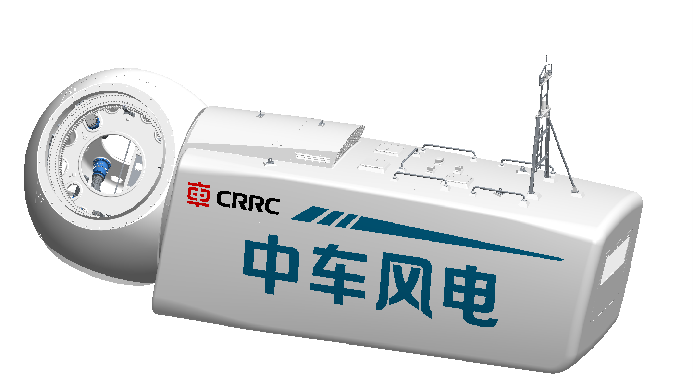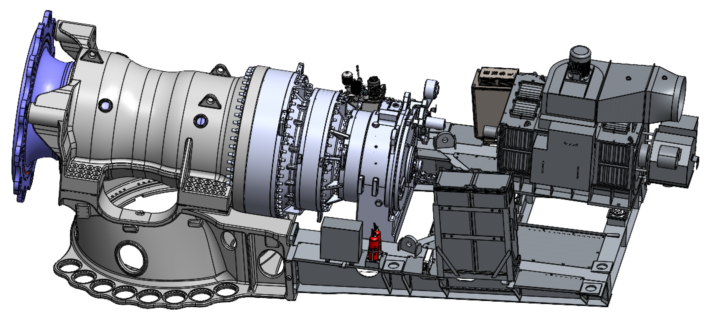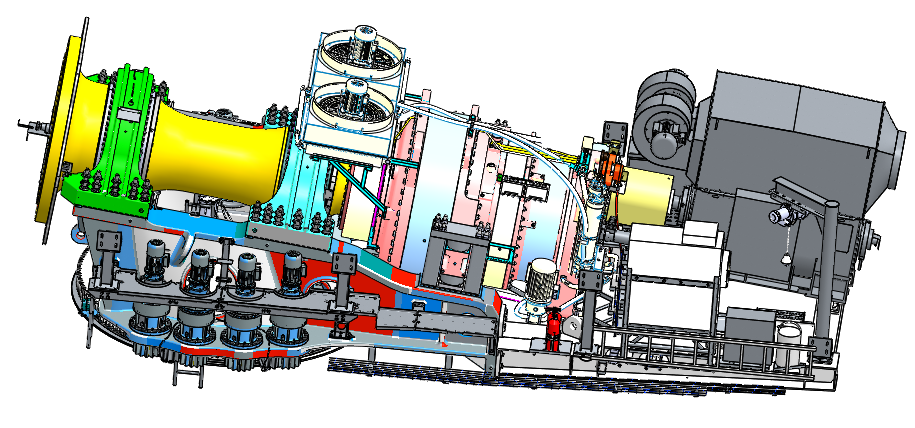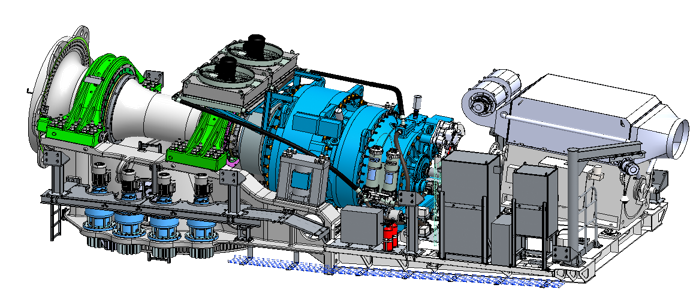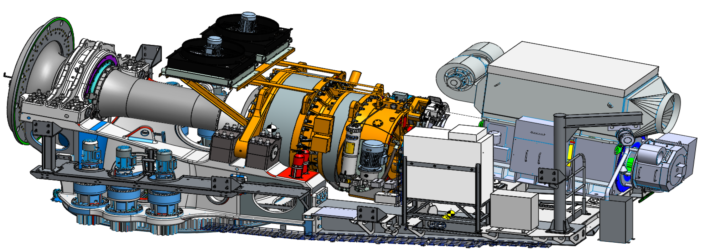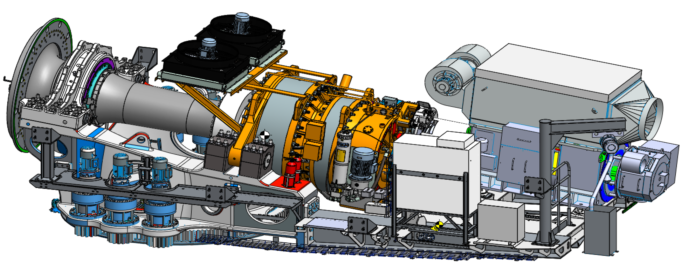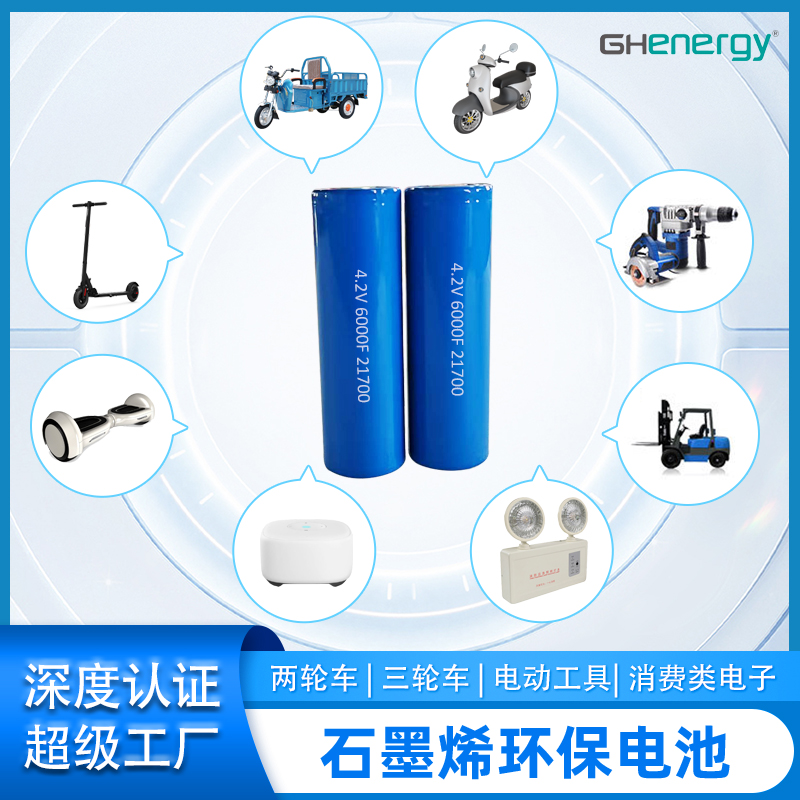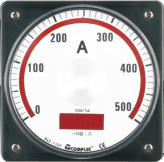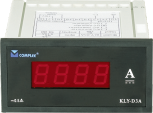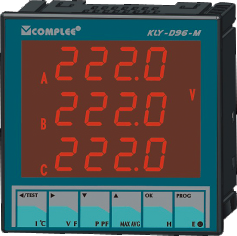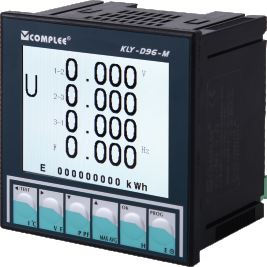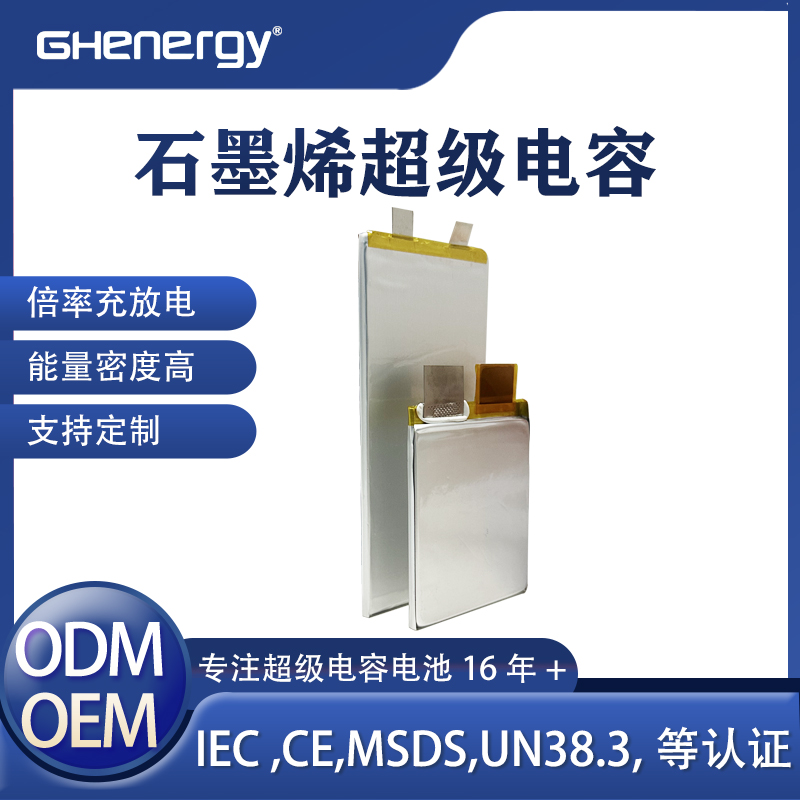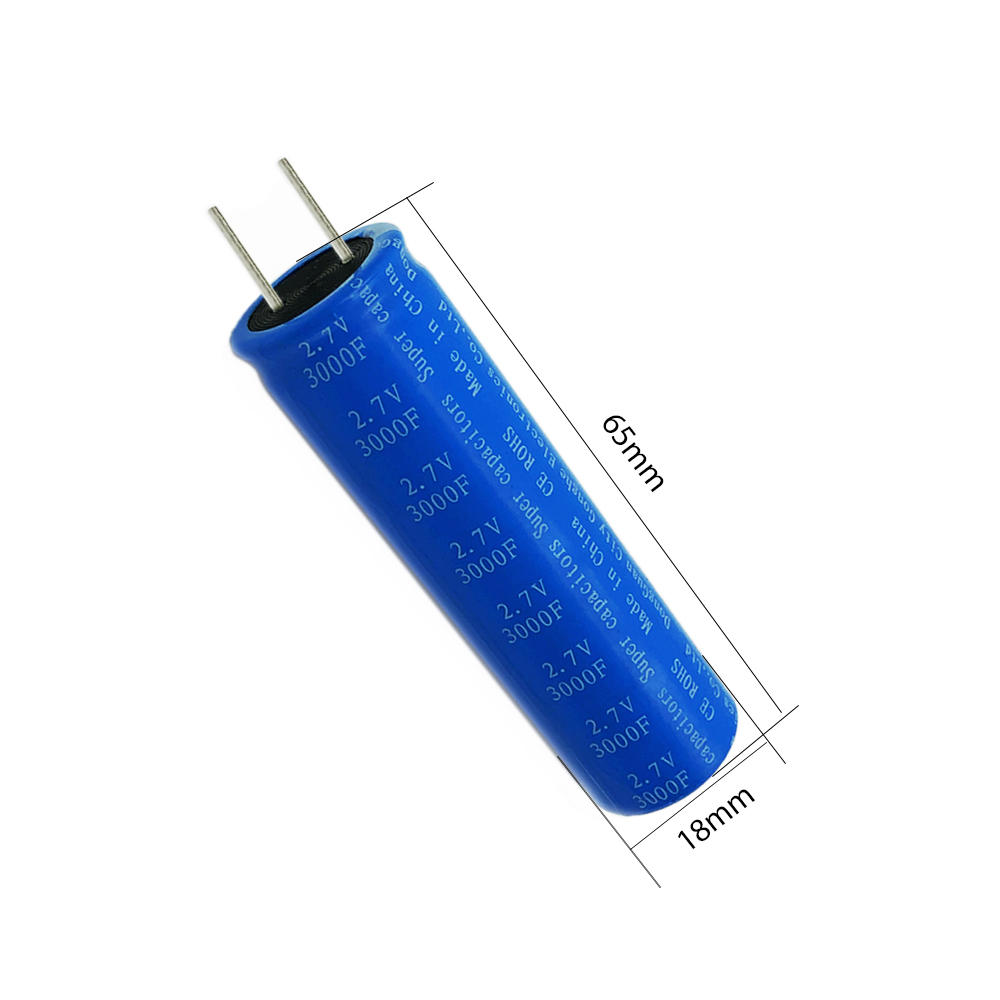Wedoany.com Report-Nov 13, Wind energy may be used as a renewable energy source with less of an adverse effect on the environment than conventional fossil fuels if it is planned well. When operating, wind turbines emit no hazardous pollutants and don’t need water for cooling. The problem, however, comes when wind turbine blades—which have a 20–30 year lifespan—need to be replaced and properly disposed of or recycled as their useful lives are coming to an end.
A wind turbine has to be decommissioned and taken down from the site after its useful life is over or it becomes obsolete. According to statistics from the US Geological Survey, as of the first quarter of 2023, there were 72,731 wind turbines located in 43 states, including Puerto Rico and Guam.
Representatives from Colorado have presented legislation that would force wind energy businesses to remove retired wind turbines from leased property in order for them to be eligible for federal tax credits.
Managing trash from wind turbines: more rules
When wind turbines near the end of their useful life, recycling and disposing of their blades may become a complicated matter. These blades, which are often composed of composite materials like glass or carbon fiber, are difficult to recycle using standard techniques, resulting in significant waste.
It’s critical to identify sustainable ways to handle old wind turbines because of their size and robust construction. Although landfill disposal has long been a popular strategy, there are new environmental and lifetime economic issues with this technique.
Since wind turbines may operate for many decades, waste management must be included into long-term planning for decommissioning. The goal of waste regulation is to handle issues with wind turbine component disposal, recycling, and environmental effects as their useful lives are coming to an end.
Since the wind energy sector is still in its infancy, decommissioning issues have not yet presented themselves to American legislators or wind farm operators. A number of states are beginning to create wind turbine-specific waste legislation.
Among them is Texas, which is the state with the most installed capacity (measured in megawatts) and the biggest number of wind turbines overall. The problem of managing wind turbine waste, in particular the recycling and disposal of wind turbine blades, has grown significantly with the quick expansion of wind farms in Texas.
More environmentally friendly wind turbine waste management techniques are being developed in Texas. Some projects investigate methods of disassembling or repurposing the composite materials used in wind turbines, with an emphasis on cutting edge recycling technology. The decommissioning criteria for anybody leasing land from a landowner to run a wind farm are defined by the Texas legislation. The state’s initiatives demonstrate its understanding that resolving wind turbine waste is critical to the long-term viability of the wind energy industry and to reducing the overall environmental impact of renewable energy infrastructure.
As a further example, Oklahoma’s approach to managing the waste from wind turbines is distinct from that of other states with substantial wind energy populations, despite shared issues and endeavors. Oklahoma lays down procedures for a wind energy facility’s correct decommissioning and mandates that energy corporations remove their deactivated wind turbines from property they lease. Oklahoma is also currently investigating a number of methods for handling wind turbine trash more responsibly.
In order to minimize possible environmental effects while optimizing the advantages of clean energy production, waste control for wind turbines is crucial to the development and sustainability of wind energy as a renewable energy source.
Colorado has new laws
Colorado has been making investments in wind energy projects, and over time, the state’s wind capacity has grown consistently. Of course, areas with steady, high winds—like the state’s southern regions and the eastern plains—are where wind turbines are often found.
As per the most recent data obtainable by the EIA, Colorado’s installed wind energy capacity is around 5,200 MW. There are around 2,800 wind turbines on their wind farms.
A new bill that would require wind energy corporations to remove defunct wind turbines from the state is being proposed by legislators in Colorado.
The measure seeks to amend the Internal Revenue Code to require energy corporations to remove wind turbines that have been retired from leased property in order for them to qualify for federal tax credits. As of right now, wind energy businesses are exempt from having to remove retired wind turbines from property they lease. Turbine removal is thus the responsibility of the land owners, who are often farmers and ranchers. This change in the law emphasizes how crucial it is to deal with the issues arising from renewable energy infrastructure that is nearing the end of its useful life.
